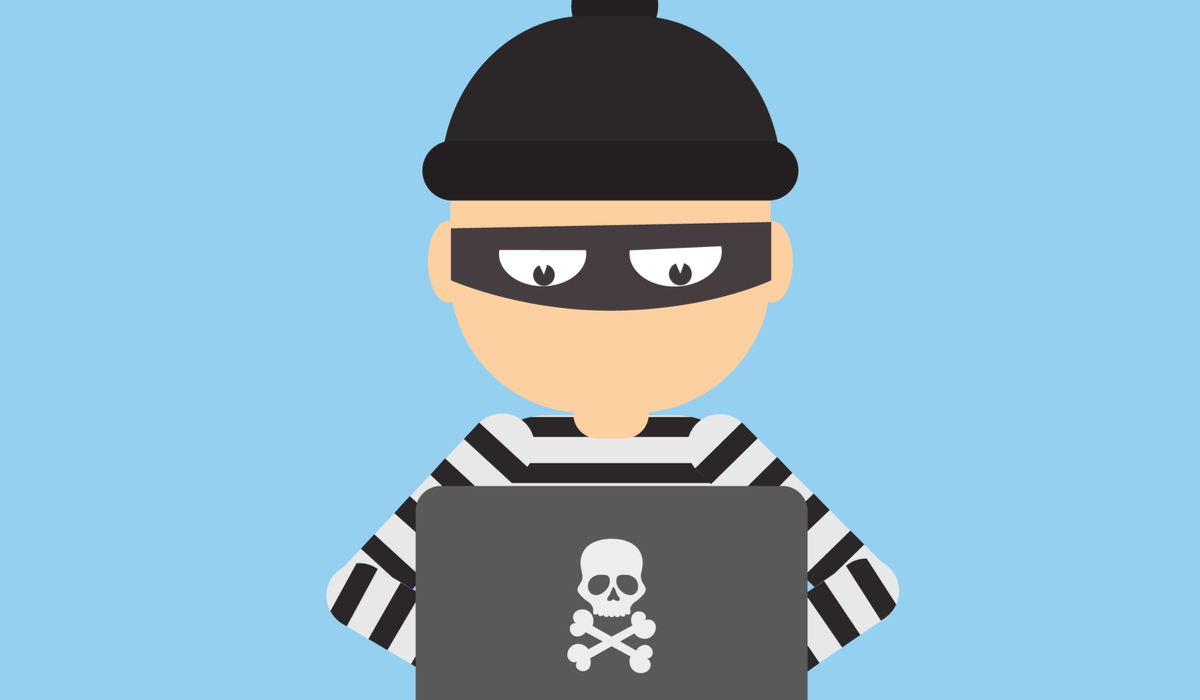 Don’t Fall Victim to Cybersecurity Breaches!
Don’t Fall Victim to Cybersecurity Breaches!
Over the past decade, enterprise software solutions have made astonishing advancements and are excellent tools for manufacturing and distribution SMBs looking to streamline their businesses; however, the improved enterprise solutions have also led to more cybersecurity risks. Plus, in the wake of Covid-19, remote work makes businesses even more susceptible to cybersecurity threats.
Justice.gov reports on average, there are more than 4,000 ransomware attacks every day, and SMBs are not safe from these cyber-attacks!
Hackers frequently attack small businesses because they often lack the necessary tools and resources to fully protect themselves from cybersecurity threats. In fact, one study finds 66% of SMBs worldwide experienced a cyber-attack in 2019.
So how can you keep your business safe? Keep reading to find out!
1. Train Your Staff
You can have the most expensive, secure infrastructures in the world, but it won’t protect you if your employees aren’t educated about adherence to security measures. Because of this, one of the best ways you can protect your business from hackers, ransomware, and other cybersecurity threats is through comprehensive training.
By implementing security training and recognition programs with your staff, you can mitigate risks. Every business’s training will look different based on its infrastructure, size, and technology, but employee education programs should at least include:
- How to manage cybersecurity
- How employees can individually mitigate risks
- How to detect and report suspicious emails to avoid phishing attempts
- How to proceed if there is a cyber-attack
- Who to contact about cybersecurity inquiries or reporting–key personnel
2. Enable Two-Factor Authentication
Two-factor authentication adds additional security to your program login information. Typically installing two-factor authentication is fairly easy for your employees. Often, they are only required to download an app or register a phone number. However, this is a simple and inexpensive tactic for SMBs to protect their critical information and makes it more difficult for hackers to access your business’s accounts.
3. Conduct Comprehensive Security Audits
We recommend conducting frequent top-to-bottom, comprehensive security audits to assess your business’s IT security policies and practices. Further, these audits should examine end-user behaviors as well as the automated machines and solutions you have in place. In short, your comprehensive security audits should inform you about how effective and safe your IT procedures are, whether your software is vulnerable to ransomware and hackers, and if your employees need a refresher training course on cybersecurity best practices.
4. Keep Your Software Up to Date
We know that software updates and upgrades can be a headache. Not to mention, they always seem to pop up at the most inopportune times, so it’s easy to push them off or ignore them altogether. However, outdated software leaves room for system vulnerability.
Hackers search for vulnerable systems, so neglecting your appropriate software updates and upgrades leaves your business unprotected. Remember, while a software upgrade may appear as a headache, resolving a security breach will be a full-on disaster that costs way more money and resources.
5. Inform Your C-Suite
It will likely be necessary to inform your executive leadership team about the importance of investing in cybersecurity precautions to protect your business. A triumphant cybersecurity strategy is one where you won’t find yourself in a position of explaining to your c-suite why a cybersecurity breach occurred. That’s why we recommend getting them on board with the cybersecurity plan! Bring concrete examples of what can happen if your business sees a cybersecurity disaster–jobs can be lost and the survival of the company can be jeopardized.
6. Utilize a Framework
One of the most effective ways to protect your business and your data is by implementing a cybersecurity framework. A framework can fill in the gaps in your business’s disaster recovery process and can mitigate risks associated with employee mishaps, hackers, ransomware, and other data disasters!
One example of a robust cybersecurity framework is EverSafe! Backup and Disaster Recovery. EverSafe! is a comprehensive backup and disaster recovery solution that protects your critical business data and hardware. Plus, regardless of where you host your technology, on-premises or in the cloud, EverSafe! ensures your technology is up and running within minutes of a disaster.
Wrap Up
The unfortunate truth is SMBs are extremely vulnerable to cybersecurity risks. That being said, the above strategies coupled with an exceptional software consulting company can be just what your business needs to stay safe!
For over 20 years, Datix has offered a wide variety of software solutions and services for manufacturers and distributors, and we are the leading experts in ERP, CRM, and more. We can help you integrate EverSafe! to keep your business and your software out of harm’s way! We are business process experts and will be with you from start to finish in your journey with cybersecurity.
Our consultants are readily available to help you implement EverSafe!, or answer any questions you may have about your cybersecurity strategy. Contact us today!

